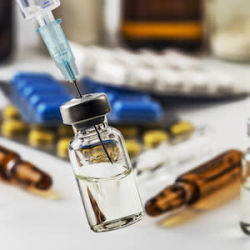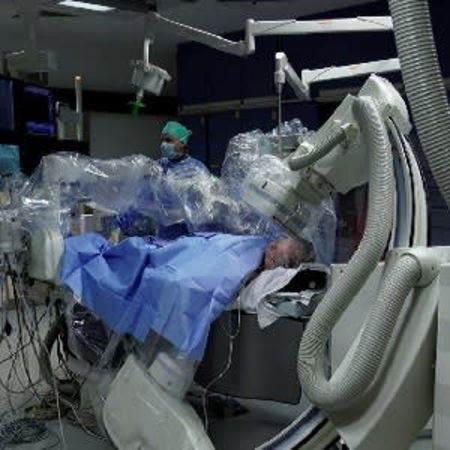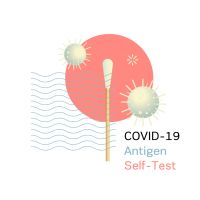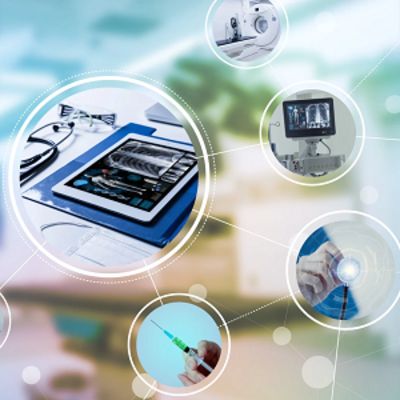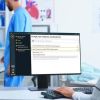Using robots to assist in heart interventions may seem like science fiction, but the idea may not be that far-fetched.
Coronary heart disease is one of the most common cardiovascular diseases in the world. Acute myocardial infarction is a leading cause of death worldwide. Percutaneous coronary intervention (PCI) is an established treatment strategy for coronary heart disease. However, PCI presents several challenges for both patients and clinicians.
A coronary intervention requires precise imaging to identify vascular structures. Patients are typically injected with a contrast agent during x-ray imaging. While this helps make the intervention more accurate, both patients and operators are exposed to radiation.
Remote-controlled robots for coronary interventions can actually bring a revolution, especially if they are used in combination with imaging and expertise of cardiologists. Angiography imaging gives an accurate view of the patient's vascular structures. Cardiologists can operate robots in cath labs remotely and steer the catheter, guidewire and balloon or stent. This can really enhance the level of precision, which is crucial to the success of the procedure. Also, machines and robots don't need any breaks or off days, and hence, they can fulfill precision tasks efficiently and consistently.
Robotic systems can bring improvements for physicians. By incorporating artificial intelligence and by simplifying the PCI procedure, both precision and outcomes can be improved. In the long-run, robots could minimise the need for follow-up interventions, increase efficiency and optimise healthcare.
It is not as if this idea has not been tried. Physicians at University Hospital Giessen used a robotic system to insert a stent in a heart patient. The intervention worked well. According to Holger Nef, the Associate Director of the Medical Clinic at this hospital, the precision provided by robotic assistance and the reduction in radiation exposure are of fundamental importance, particularly with complex procedures.
While the use of robotic technology is not widespread so far, this should become the norm in future. Mechanical precision is one of the biggest advantages that robotic systems offer, and for procedures like PCI, this could be very useful. It can increase clinical success and can also reduce radiation exposure.
Source: Siemens Healthineers
Image Credit: Siemens Healthineers



